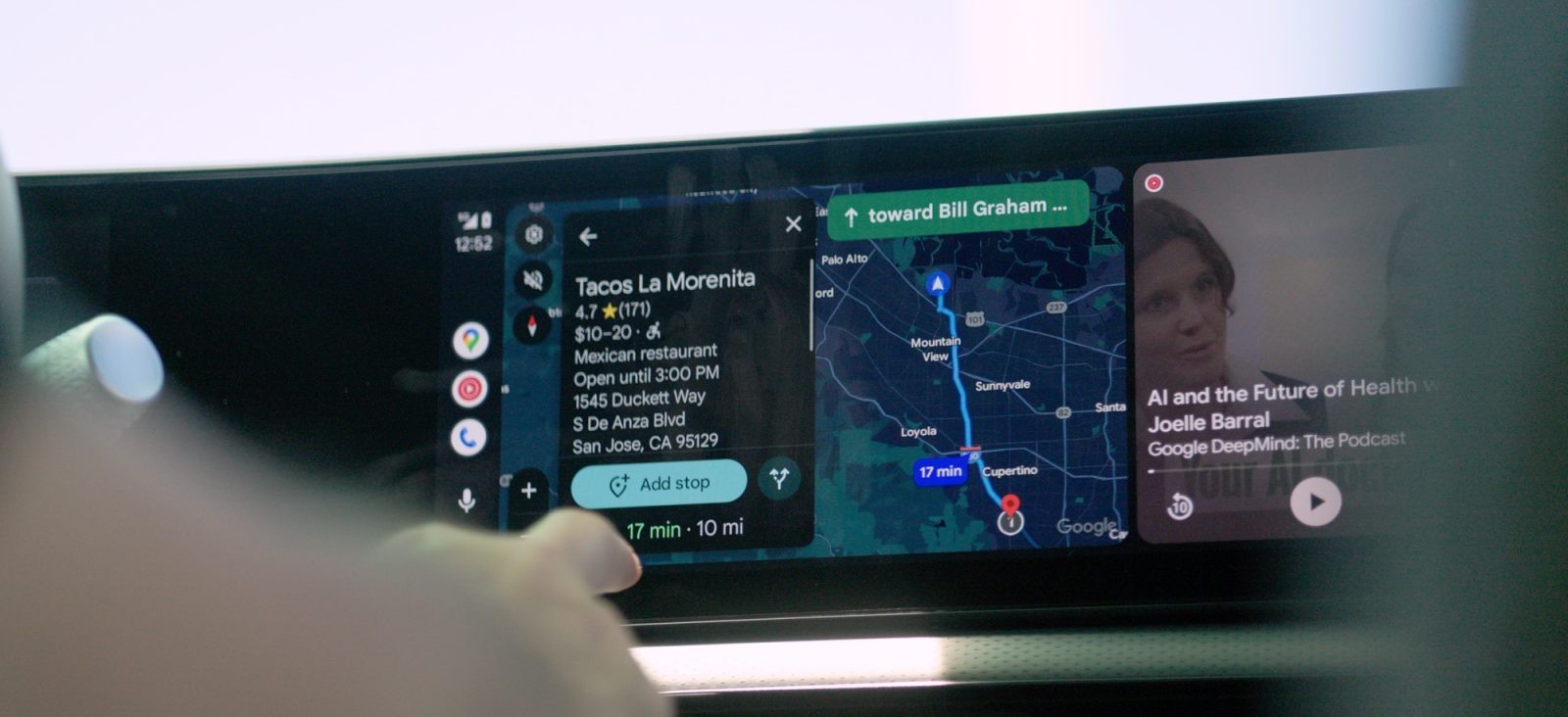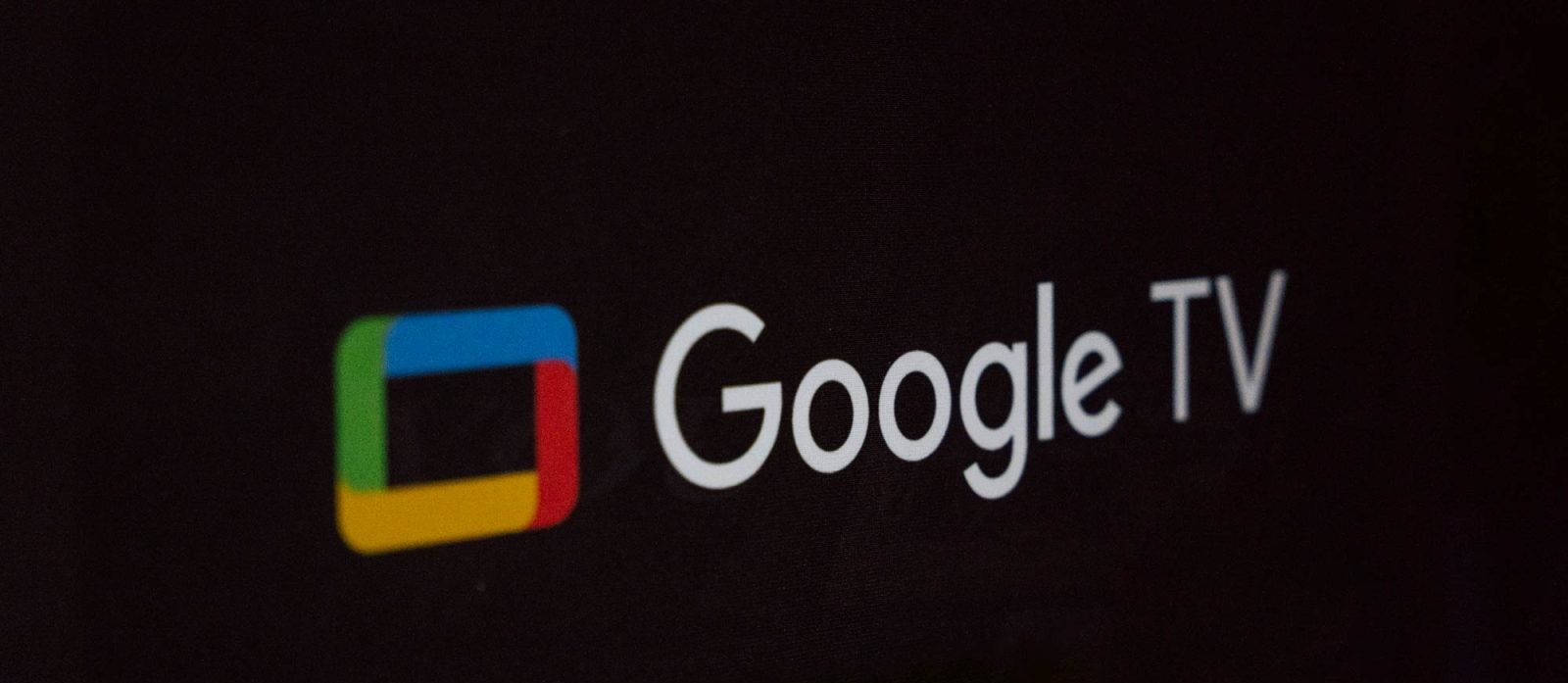Google’s Gboard, a widely used keyboard application for Android devices, has recently undergone a series of design modifications aimed at improving user interaction, particularly within its emoji, GIF, and sticker selection interfaces. These changes reflect Google’s commitment to refining user experience by responding to feedback and optimizing functionality.
Initial Redesign and User Feedback
In early June 2025, Gboard introduced a significant redesign of its emoji picker. This update featured a new carousel interface for navigating between Emojis, Custom Stickers (including Pixel Studio creations), GIFs, Stickers, and Emoticons. Each category was represented by wide rectangular cards, which, while visually distinct, required users to scroll horizontally to access all options. Additionally, the traditional delete button was replaced with a floating action button (FAB) that appeared only when text was entered, a change that some users found obstructive as it could obscure underlying content.
The removal of the All tab, which previously consolidated recent emojis, Emoji Kitchen creations, and GIFs, was another notable change. This alteration aimed to streamline the interface but led to mixed reactions from users who valued the convenience of a unified recent items tab.
Reverting Changes Based on User Feedback
Responding to user feedback, Google began rolling out adjustments to the Gboard emoji picker redesign in late June 2025. The primary modifications included narrowing the width of the category cards, allowing all options to fit within a single screen without the need for horizontal scrolling. This adjustment reinstated the delete key to its original position, enhancing accessibility and user comfort. The ABC button, which allows users to return to the standard keyboard, was also restored to its previous design, moving away from the pill-shaped container introduced in the initial redesign.
These revisions were implemented in Gboard beta version 15.5.7.766552071 and are expected to reach the stable channel following successful testing.
Additional Enhancements and Features
Beyond the emoji picker adjustments, Gboard has introduced several other features aimed at enriching user experience:
– SmartEdit Feature: Leveraging Google’s AI capabilities, SmartEdit allows users to edit text using voice commands. This feature processes the edited text temporarily on Google’s servers to facilitate seamless voice-based text modifications.
– Integration with Pixel AI: Gboard is set to integrate more deeply with Google’s exclusive Pixel AI features. This integration aims to enable functions such as accessing and pasting information (e.g., flight details) directly within the keyboard interface, reducing the need to switch between apps.
– Emoji Kitchen Favorites: Users will soon have the ability to save custom emoji combinations created in Emoji Kitchen to a favorites list, allowing for quick reuse and personalization of emoji expressions.
– Optimized Layout for Large Screens: Recognizing the growing use of tablets and foldable devices, Gboard has redesigned its emoji picker to better utilize larger screen real estate. On foldables, the emoji search bar and categories have been moved to the left side of the screen for easier one-handed access, with categories labeled and stacked vertically for improved navigation. On tablets, the toolbar and its tabs appear on the left side, enhancing accessibility and user experience on larger displays.
– Simplified Emoji Skin Tone and Gender Selection: Gboard has streamlined the process of setting emoji skin tones and gender representations. Now, changing one emoji to a different skin tone or gender will automatically apply the same setting to all compatible emojis, reducing the need for individual adjustments.
User Reactions and Future Outlook
The initial redesign of Gboard’s emoji picker elicited a range of user reactions. While some appreciated the modernized interface, others found the changes disruptive to their typing experience, particularly due to muscle memory associated with the previous layout. The removal of the All tab and the introduction of the FAB were points of contention, leading to feedback that prompted Google to reconsider these design choices.
In response, Google’s decision to revert certain aspects of the redesign demonstrates a commitment to user-centric design and responsiveness to feedback. By balancing innovation with familiarity, Gboard aims to provide a keyboard experience that caters to a diverse user base with varying preferences.
As Gboard continues to evolve, users can anticipate further enhancements that leverage AI integration, improved customization options, and interfaces optimized for a wide range of devices. Google’s iterative approach ensures that Gboard remains a versatile and user-friendly tool for communication in the digital age.



